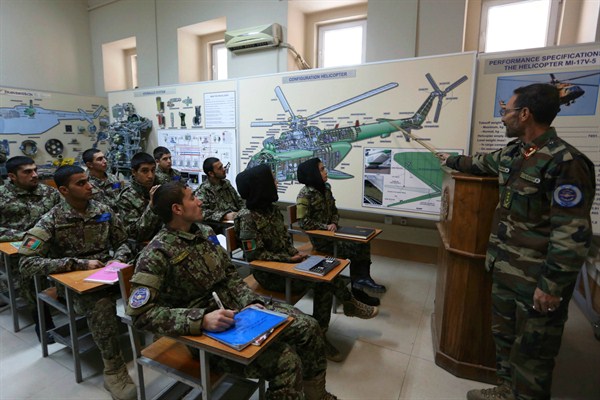A recent United Nations report found that civilian casualties in Afghanistan resulting from Afghan-initiated airstrikes doubled between 2015 and 2016, to 252. The American military says those figures are inflated, but has begun training a new cadre of Afghan air controllers who can warn Afghan pilots of the risks of collateral damage. In an email interview, Marc Schanz, the director of publications for the Mitchell Institute for Aerospace Studies, discusses Afghanistan’s air force. His opinions are not in any way reflective of the policies of the Mitchell Institute.
WPR: What is the make-up of Afghanistan’s air force, in terms of personnel and equipment, and what are the end goals for its force structure?
Marc Schanz: The Afghan air force has grown significantly, if in fits and starts, since its first air wing, or unit, was set up in 2004 in Kabul. It has just under 8,000 personnel in end strength and is responsible for the Afghan military’s air transportation, air evacuation, close air support, reconnaissance and aerial resupply.

